A thermal camera captures energy that we cannot see with the naked eye. This form of energy occupies a large portion of the sunlight that reaches Earth, much like ultraviolet radiation. It is infrared radiation emitted from the surface of every object. The warmer a material becomes, the more infrared energy it releases, which is why a person will appear very different from a chair or a table when viewed through a thermal camera.
The infrared spectrum is expressed through variations in heat, which is why a thermal camera can reveal colors and shapes that our eyes cannot detect. Surfaces with higher temperatures appear in warm tones such as red, orange, or yellow, while cooler regions show up in shades of blue and green.

Charcoal that is glowing hot but not visibly bright still emits strong thermal energy, and it is this invisible heat that a thermal camera can translate into an image.
Key characteristics of a thermal camera
A thermal camera records infrared light that humans cannot naturally perceive, although some animals can sense it with ease. Infrared radiation is generated solely through thermal activity, meaning a thermal camera can display the temperature of something as cold as ice
This capability allows the device to present a visual representation of infrared patterns in a scene. At the center of the instrument is a microbolometer, a specialized detector designed to sense thermal changes. It measures the heat that radiates from an object, often called its heat signature.
Once the thermal camera detects these signatures, it transforms temperature readings into colored pixels, forming a thermogram. For example, a thermal camera with a resolution of 160 by 120 is gathering more than nineteen thousand individual temperature measurements, with each pixel representing a distinct temperature value.
 Two factors largely determine the performance of a thermal camera: its detector resolution and its thermal sensitivity. Visible-light cameras can achieve extremely high resolutions, but a thermal camera typically offers fewer pixels since it senses heat rather than light. Even so, a top-tier thermal camera is defined by its ability to detect tiny temperature differences, sometimes as small as half a degree.
Two factors largely determine the performance of a thermal camera: its detector resolution and its thermal sensitivity. Visible-light cameras can achieve extremely high resolutions, but a thermal camera typically offers fewer pixels since it senses heat rather than light. Even so, a top-tier thermal camera is defined by its ability to detect tiny temperature differences, sometimes as small as half a degree.
Where thermal imaging is most effective
Thermal imaging, much like night vision, provides capabilities that regular cameras cannot.
Police departments rely on thermal imaging from helicopters to follow individuals who might otherwise blend into their surroundings. A thermal camera can easily separate a human heat signature from the surrounding landscape.
Fire crews use thermal cameras to work through heavy smoke by identifying the hottest parts of burning structures. This helps firefighters locate dangerous hotspots and track fire spread.
Law enforcement teams also employ thermal imaging to monitor detention facilities, support surveillance operations, and gather clues at crime scenes.
Thermal technology has allowed us to observe aspects of the environment that were previously hidden, contributing significantly to public safety and scientific progress.






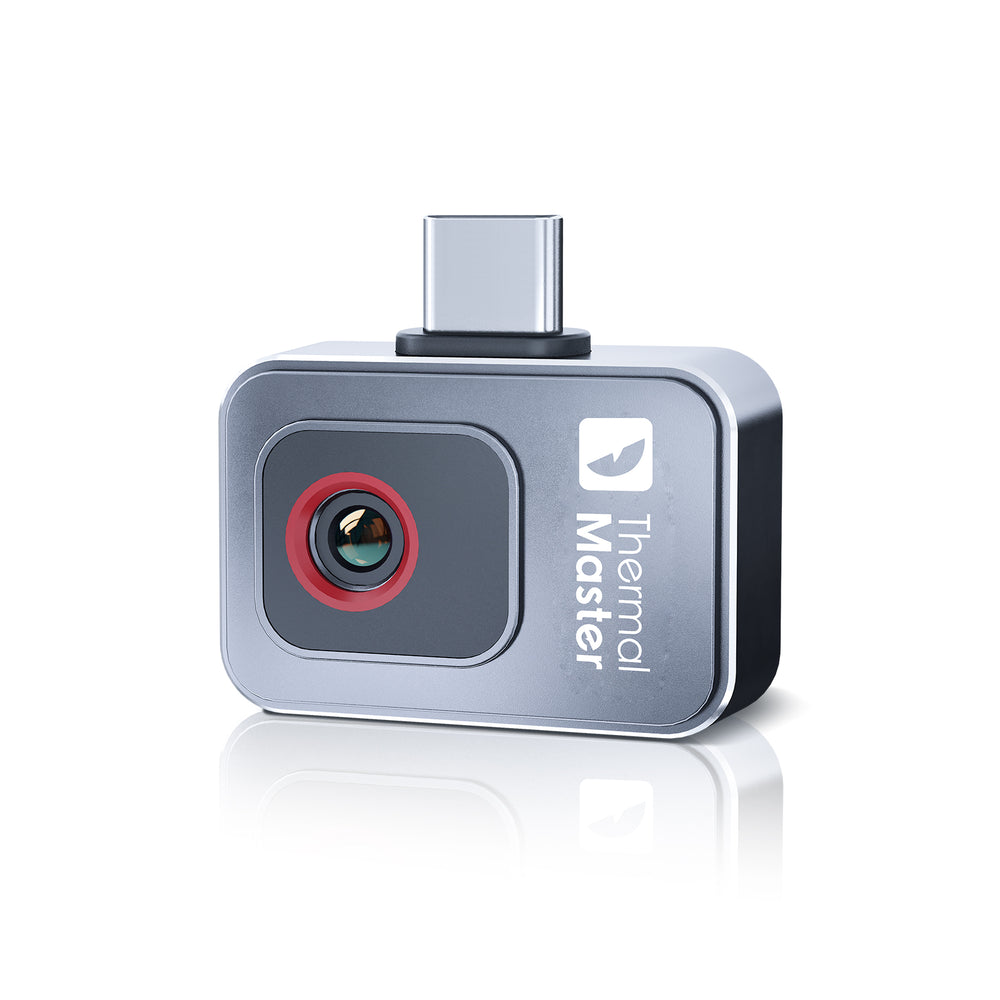
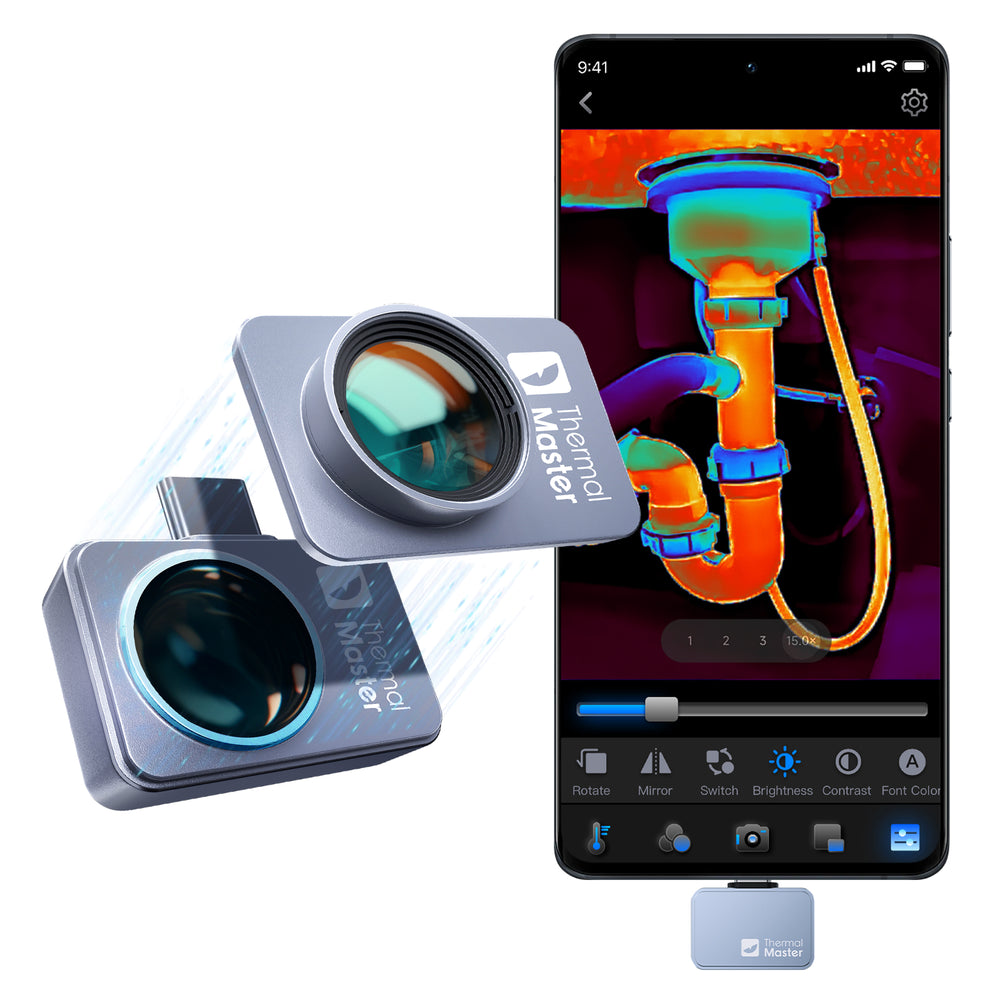
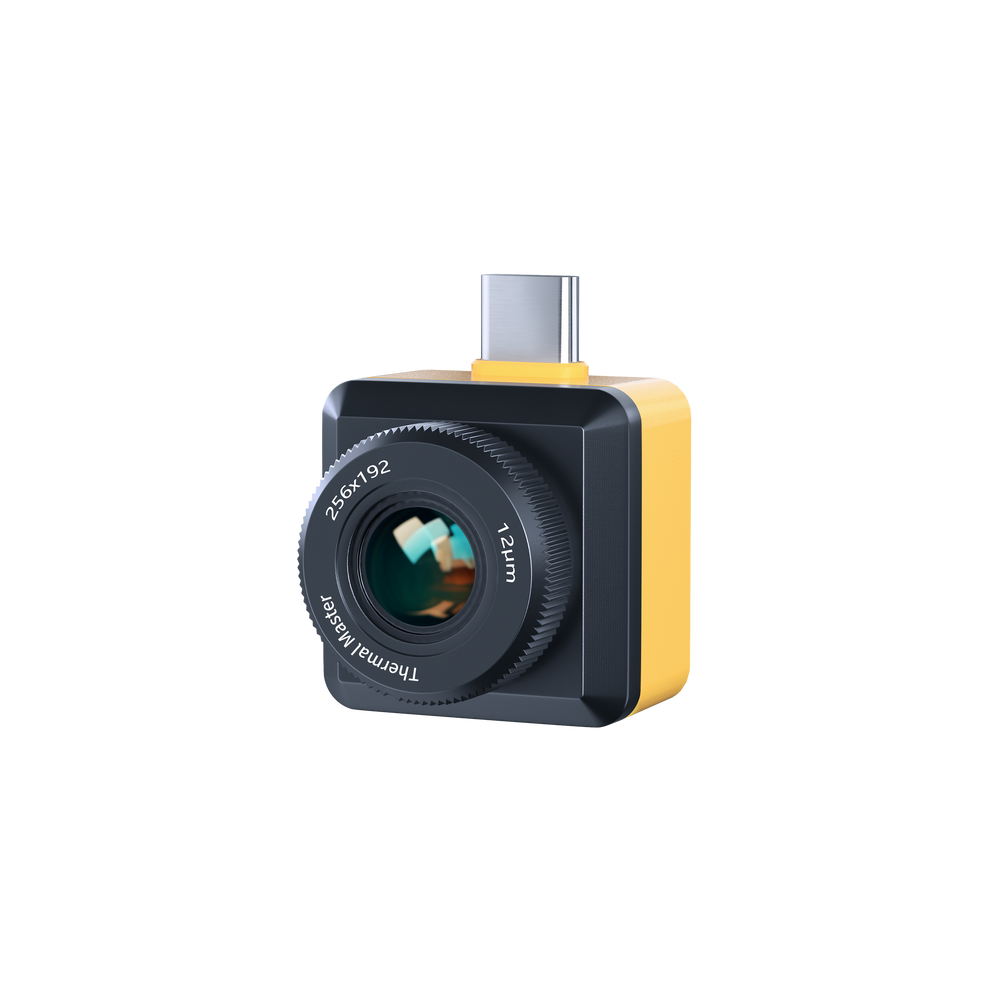
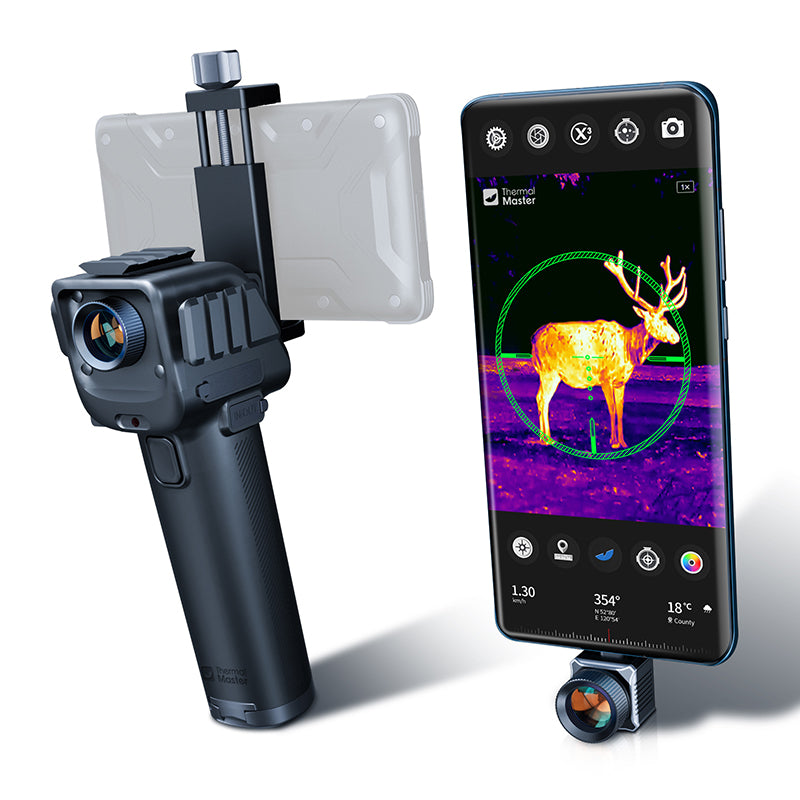

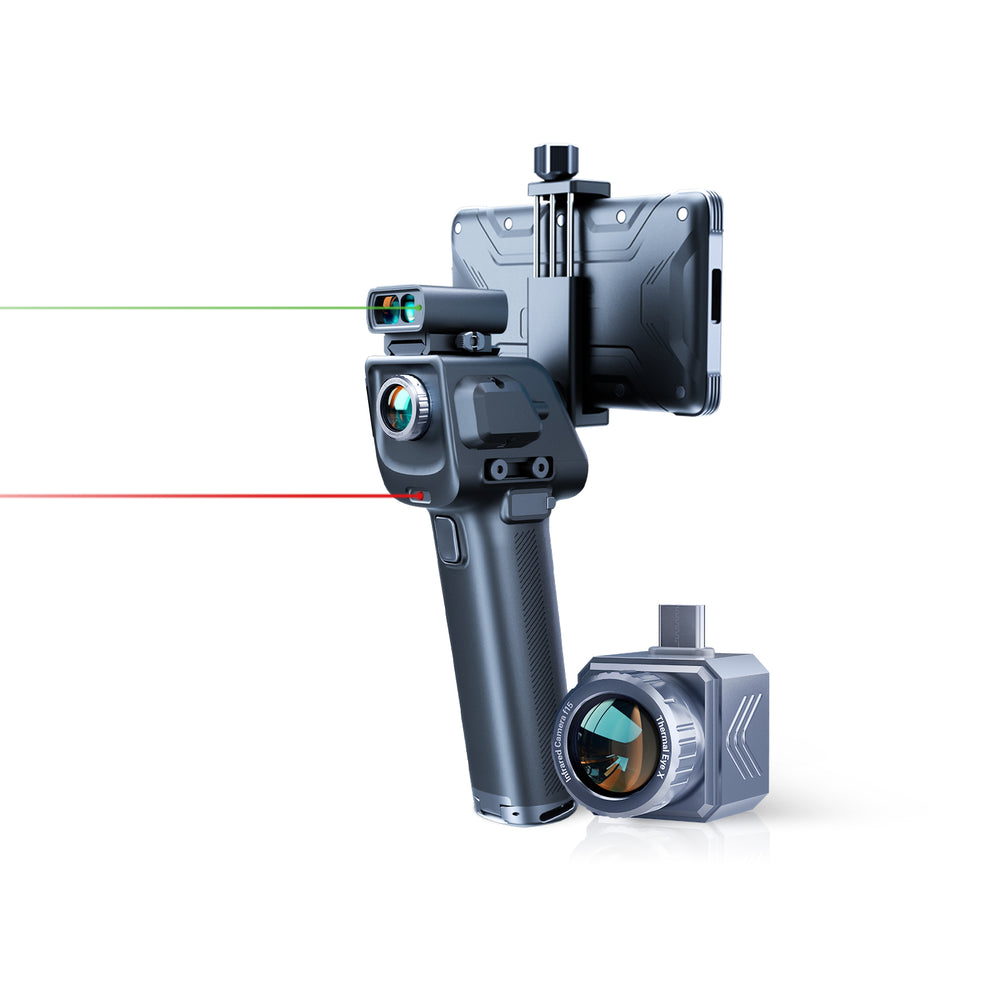
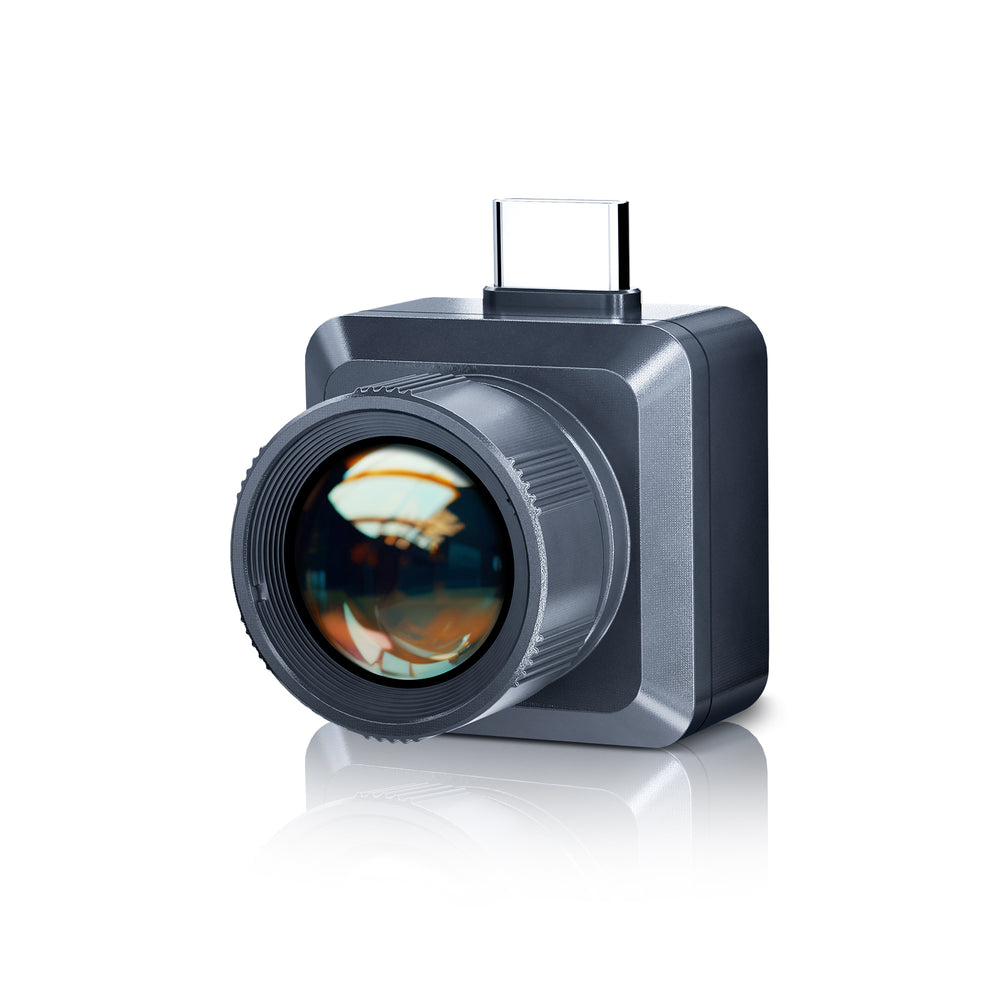

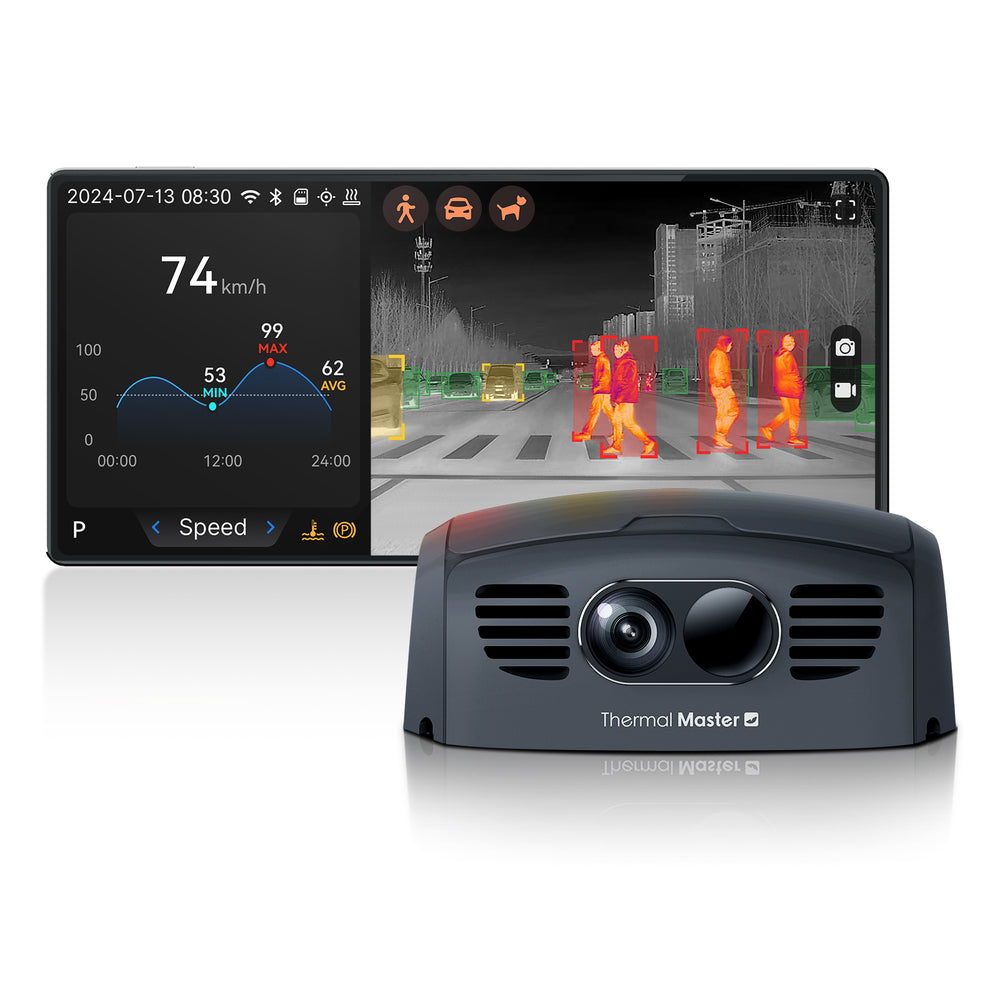
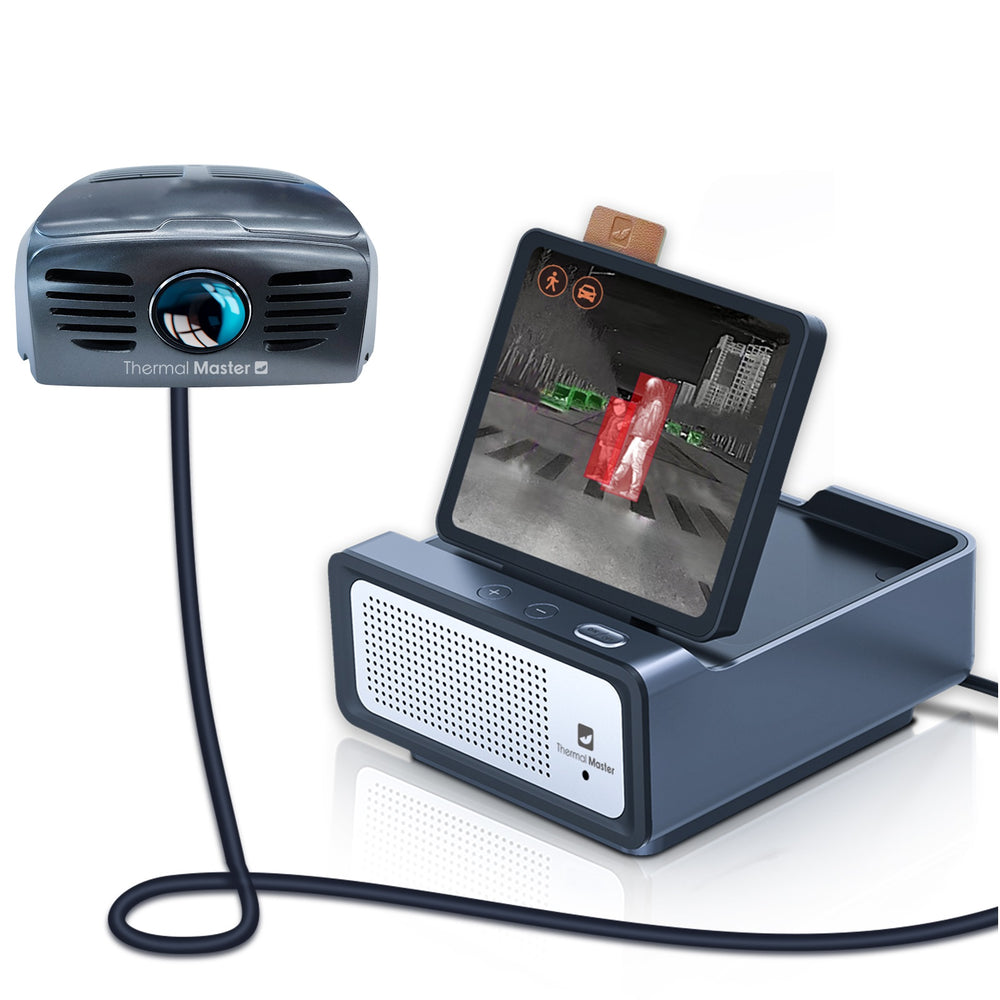
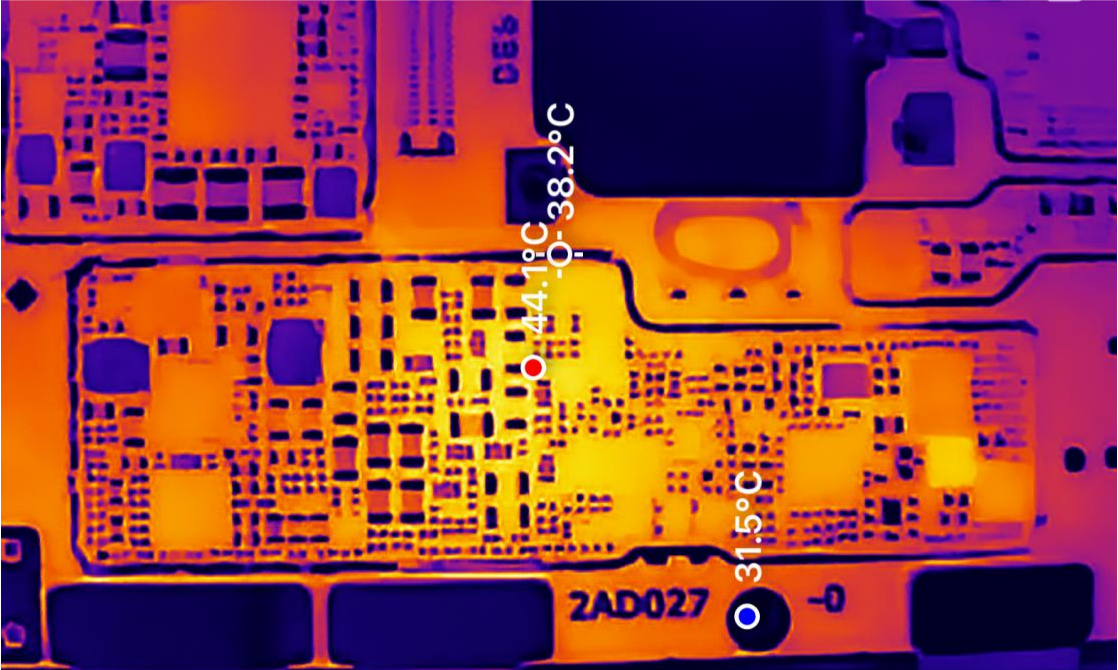



Leave a comment
All comments are moderated before being published.
This site is protected by hCaptcha and the hCaptcha Privacy Policy and Terms of Service apply.